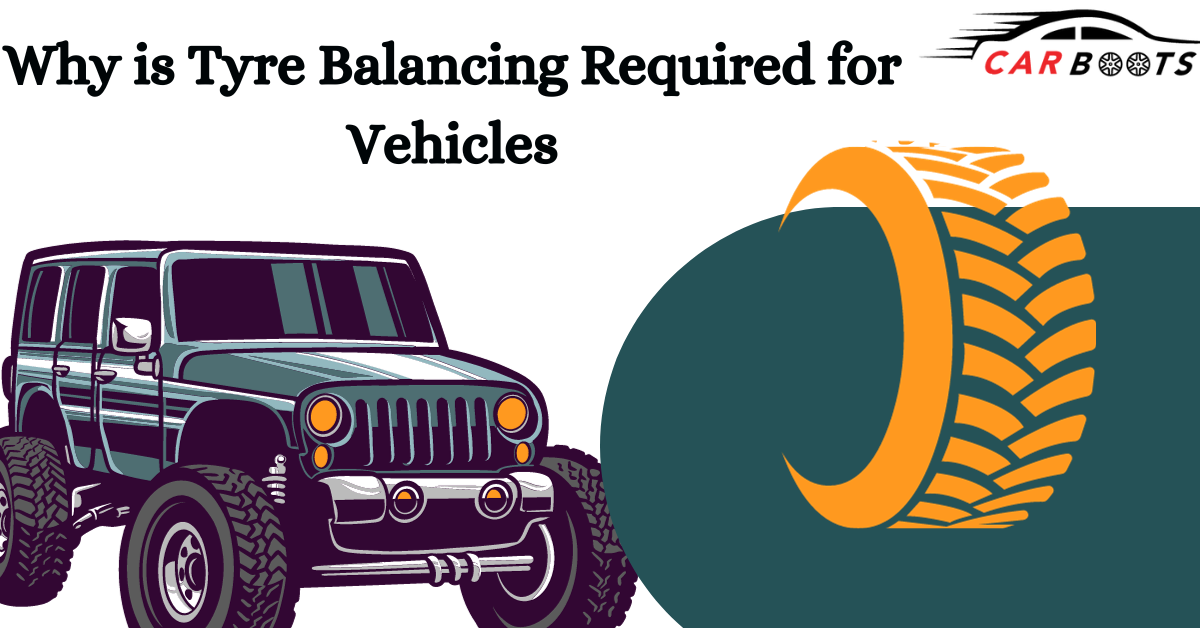Why is Tyre Balancing Required for Vehicles
Why is Tyre Balancing Required for Vehicles?
As a vehicle owner, you may have heard about the importance of tyre balancing. Tyre balancing is a process that involves equalising the weight distribution of a tyre and wheel assembly. This process is essential for ensuring a smooth ride, improving fuel efficiency, increasing tyre life, and promoting safe driving. In this article, we will discuss why tyre balancing is required for vehicles and the benefits it offers.
Understanding Tyre Balancing
Tyre balancing involves adding or removing weights from the wheel assembly to ensure that the weight is evenly distributed around the axle. This is necessary because even minor imbalances can cause vibrations, leading to discomfort while driving, reduced fuel efficiency, and premature wear of tyres.
There are different methods for balancing tyres, including static and dynamic balancing. Static balancing involves using weights to balance the tyre while it is stationary, while dynamic balancing involves balancing the tyre while it is in motion.
Reasons for Tyre Imbalances
Several factors can lead to tyre imbalances, including manufacturing defects, uneven wear and tear, improper installation, and driving habits. Uneven wear and tear can occur due to factors such as overloading, driving on rough roads, and not rotating tyres regularly.
Benefits of Tyre Balancing
1. Smooth Ride
Tyre balancing helps to eliminate vibrations, leading to a smoother ride. This enhances driving comfort and reduces driver fatigue, especially during long journeys.
2. Increased Tyre Life
Tyres that are not balanced evenly tend to wear out faster and unevenly, leading to the need for frequent replacements. Tyre balancing helps to extend the life of the tyres by ensuring even wear and tear.
3. Better Fuel Efficiency
Tyre imbalances can cause resistance and drag, making it harder for the vehicle to move. This results in increased fuel consumption, which can be costly in the long run. Tyre balancing helps to reduce resistance and drag, leading to better fuel efficiency and cost savings.
4. Improved Vehicle Safety
Tyre imbalances can cause a vehicle to pull to one side, leading to poor handling and reduced control. This can be dangerous, especially when driving at high speeds. Tyre balancing helps to improve vehicle safety by promoting proper handling and control.
How Often Should Tyres be Balanced?
Tyres should be balanced every time they are rotated or replaced, or if you notice any signs of imbalance, such as vibrations while driving. It is also recommended to balance your tyres every 5,000 to 6,000 miles.
Conclusion
Tyre balancing is a crucial process that helps to ensure a smooth ride, increase tyre life, improve fuel efficiency, and promote safe driving. Factors such as uneven wear and tear, improper installation, and driving habits can cause tyre imbalances, leading to reduced performance and safety issues. By regularly balancing your tyres, you can enjoy the benefits of better handling, increased tyre life, improved fuel efficiency, and a smoother ride.








